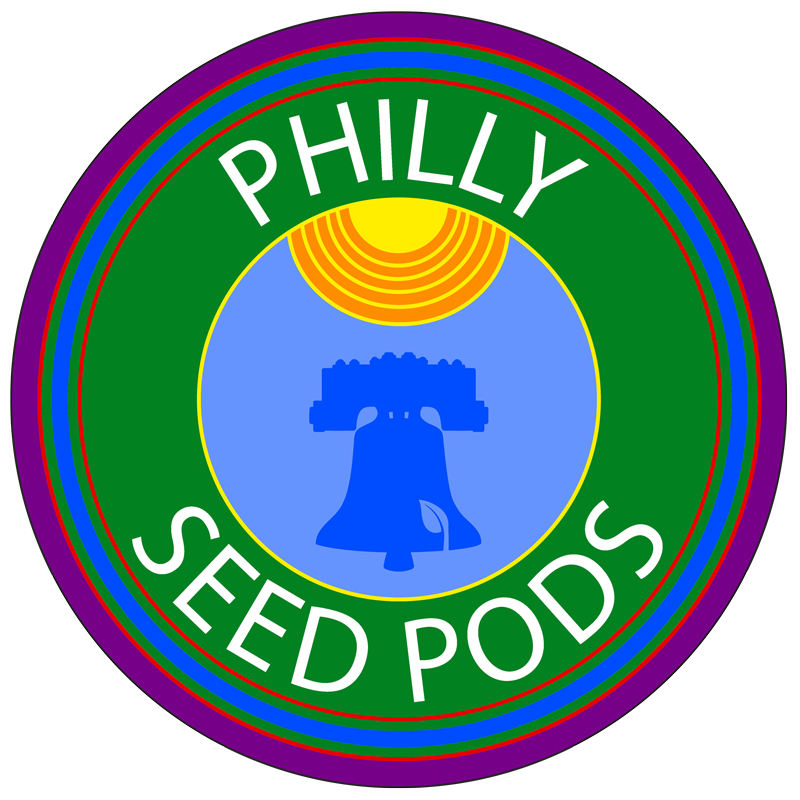Part 2: Identifying and Removing Invasive Plants
This video dives deeper into the topic of invasive plants, by discussing three invasive plants in this area. The plants discussed are garlic mustard, invasive honeysuckle, and stilt grass. The video covers how to identify those plants and how the plants can be removed.
Now that we’ve learned all about plants and ecosystems, let’s look a little more closely at invasive plants! In order to do that, there are three invasive plants we’re going to be focusing on: garlic mustard, invasive honeysuckle, and stilt grass. The video included in this section provides photographs and video images of these plants, so make sure and watch that for a better idea of what they look like!
For starters, we’ll look at garlic mustard. Garlic mustard can be found in forests, fields, and backyards; it’s a very prolific plant. Garlic mustard is a tall, leafy green, which blooms with small white flowers in the spring and summer. Garlic mustard is also edible! For the removal of this invasive plant, you must pull it out and remove the entire root If you don’t, it’ll just grow back!
Then we have invasive honeysuckle. This can be a trickier plant to identify, as there is also a native honeysuckle plant that grows in this area. We’ll discuss native honeysuckle more in a later section. Invasive honeysuckle is a vining bush, and it has trumpet-shaped flowers which are usually yellow or white. Removing this plant can be hard, as the trunk can grow to be very thick, and the roots to be very large. Tools like a large shovel or a saw may be required for the removal, depending on the size of the bush.
Our last plant is stilt grass. Unlike the invasive honeysuckle, stilt grass is a very small plant. It is a short grass that covers the ground, often in forests, but it can also be found in meadows and backyards. It’s easy to pull out, especially when it’s young in early spring, and can be removed without using any shovels. The problem is that the plant can cover large areas of land, so removing it may be a time-consuming activity.
That’s all on these invasive plants! Watch the next video for more information about what these plants do that is so harmful. A good idea, now that you know how to identify these plants, is to go into your local park, woods, or backyard and see if you can find any of them!
